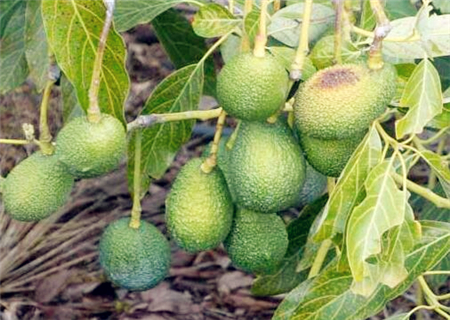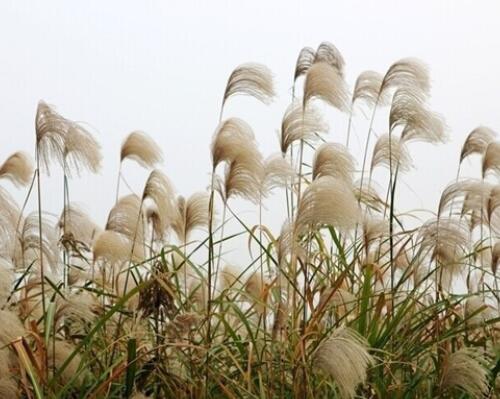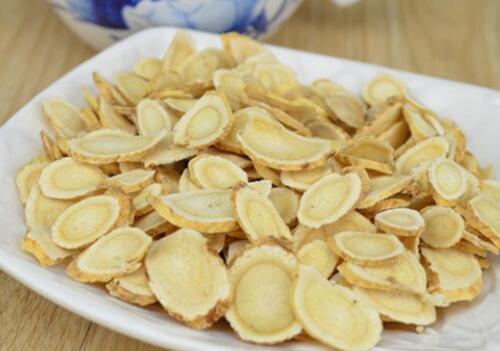How do avocado trees grow to bear fruit? High-yielding cultivation techniques attached
Avocado is a kind of rare fruit in the tropics, also known as avocado, cream fruit, etc., the fruit is a kind of fruit with high nutritional value. So how can avocados be planted to bear fruit? The following is to sort out the high-yield cultivation techniques for you.

The best time to eat avocado
Eat before or half an hour after a meal during the day. Avocado is a kind of high-energy and low-sugar fruit, which is very suitable for infants and the elderly. It can be eaten before or half an hour after meals during the day. Eating before meals can reduce food intake, and eating after meals can promote digestion and prevent constipation. But it is worth noting that avocados had better not choose to eat at night, because night consumption is already small, coupled with avocado is a high-energy fruit, eating at night is easy to get fat.
How to plant avocado to bear fruit?
1. Overlay
Avocado is a fruit tree that grows in tropical rain forest and in competitive sunlight. It grows rapidly in the environment of high temperature and humidity, but grows slowly if the environmental conditions are not available. Therefore, the cultivation of avocado abroad mainly emphasizes growing grass or planting green manure near the plant at the initial stage, and covering a large amount of organic matter in the topsoil, forming a rainforest rhizosphere environment similar to that of origin, and stabilizing the ecological conditions of the rhizosphere. Promote the reproduction of microorganisms that can inhibit root rot activity. Therefore, from the young tree stage to the tree itself can form a cover layer through fallen leaves and before the occurrence of root rot, it is particularly important to carry out tree plate young trees. Begin to cover in winter, replenish the thickness in spring, and form a good cover in summer. Rhizosphere mulching can also reduce soil water evaporation, reduce the damage of dry heat to avocado, lower soil temperature in summer, increase soil temperature in winter, increase soil organic matter, reduce weeds and prevent soil erosion on sloping land. But keep the soil from getting too wet during the rainy season.
2. Fertilization
The young tree stage of 1-4 years after avocado planting is the period of laying the foundation for high-yield and high-quality cultivation of avocado. Reasonable fertilization should be applied to promote the rapid growth of young trees. The sign of lack of fertilizer in avocado trees is severe defoliation and withered branches. The rational fertilization of avocado young trees and fruit trees should be determined according to soil fertility, tree age, plant growth or growth and fruit. It is generally necessary to apply nitrogen, phosphorus, potassium and other complete fertilizers in a balanced manner, and it is best to guide fertilization through the nutrition analysis of soil and leaves. The red soil hillside in South China is lack of organic matter, available potassium and available phosphorus, so more attention should be paid to the application of potassium and phosphate fertilizer.
The roots of young avocado trees are easy to be damaged by nitrogen fertilizer, and the application of more nitrogen fertilizer is easy to make the branches and leaves grow and delay the fruit, so we should pay attention to the application of nitrogen fertilizer. In foreign countries, the amount of pure nitrogen applied to each plant is 110g / 450g per year, which increases year by year with the increase of tree age, and half of them use organic fertilizer as nitrogen source. A small amount of diligence should be applied in the first year after planting. In areas with frost, it is advisable to stop applying nitrogen fertilizer and apply more phosphorus and potassium fertilizer in autumn and winter to avoid cold damage to winter shoots. Calcium superphosphate was applied 900g per plant per year. 1.8~2.2kg was applied to each plant of potassium sulfate every year.
3. Drainage and irrigation water
Avocado is evergreen all the year round, and it is necessary to keep the rhizosphere soil moist throughout the year, and it is very sensitive to soil drought. once there is a lack of water, the physiological function is blocked, and the tree is weak, which leads to falling leaves and fruit, and the cold resistance is reduced in winter, so it is necessary to irrigate properly during drought. From fruit setting to fruit ripening, it is very important to maintain soil moisture. If the young fruit falls off seriously in the first month of fruit setting due to drought. In Hainan Island, the dry and hot weather from April to May caused serious fruit drop of avocado. Therefore, if it is sunny for 10 to 20 days and the garden soil begins to crack, it should be irrigated in time; if the rainfall is lower than transpiration and evaporation for a long time, supplementary irrigation should also be added. However, irrigation should be just right, not only sufficient, but also avoid excessive, generally soaking through the soil is appropriate, if too wet, it will aggravate root rot, but also reduce the content of soluble solids in fruit. It is best to use sprinkler irrigation or drip irrigation. Flooding irrigation may cause root rot, and drip irrigation can save water by 50% to 60%. Some dry leaves begin to curl, and the crown can be sprayed with water. Pay attention to drainage in the rainy season, especially in flat orchards.
Cultivation conditions of avocado
Avocado likes light, warm and humid climate, and is not resistant to cold. Only a few varieties can endure a short-term low temperature of 0 degrees Celsius. It is cultivated at 40 °S ~ 40 °N in the world, with an average annual temperature of 20: 25 ℃. Cold resistance varies with different varieties (strong cold tolerance of Mexican line, weak cold tolerance of Guatemala and West Indies), cold-resistant varieties can tolerate-6 ℃ low temperature, low cold resistance varieties will dry up when low temperature is 0 ℃. Need annual rainfall of more than 1000 mm, shallow roots, fragile branches, can not withstand strong winds, strong winds can lead to reduced production, strong adaptability to the soil.
Propagation methods of avocado
Avocado can be propagated by seed or grafting. When sowing, the seed coat should be peeled off and germinated in the sand bed. The plant should be planted in a place with deep soil layer, good drainage and shelter from the wind. The suitable row spacing is 5 * (6-7) meters, and mixed planting of varieties can ensure pollination. It is best to raise seedlings in containers. The seedlings can be grafted by bud grafting or abdominal grafting with a diameter of 0.8 cm. The seedlings can be planted at 50 cm or 60 cm. The row spacing of the plants is 5 cm. The grafted seedlings will blossom and bear fruit for 3-4 years or 4-6 years. The mature trees can produce 25-50 kg and the high yield 100-150 kg.
Fertilization technology of avocado
The main results are as follows: 1. nitrogen fertilizer is routinely applied more than 4 times a year, usually by withdrawal or through irrigation system. 50 kg organic fertilizer per plant and 50 g compound fertilizer are applied to adult trees in young fruit stage, and the quantity is doubled after harvest.
2. When the leaf analysis indicates that phosphorus and potassium fertilizer is applied when the content of phosphorus and potassium is low, zinc can be applied or foliar spraying zinc in some types of soil, and spraying is the most effective when new leaves are developed in spring. the most effective way for crops to grow on calcareous soil or soil with low oxygen content is to inject chelating iron solution into the root zone.
3. The amount of nitrogen used should be reduced when there is nitrogen in some soil and irrigation water, and nitrogen fertilizer should be applied when there are few new leaves growing on trees and when the leaves are gray or bear much fruit.
Time: 2019-04-09 Click:
- Prev

How much is the price of tall grass Reed seedlings? When will it be planted, flowered and harvested? What are the planting techniques?
Reed is also called Reed, Reed leaf, Reed flower, Reed stem, Reed root, asparagus can be used as medicine. Growing in irrigation ditches, river embankments, swamps, etc., growing all over the world. So how much is the price of Reed seedlings? When will it be planted, flowered and harvested? What are the planting techniques?
- Next

When is the national three-level protected plant Astragalus planted? How many years of harvest? How much is the investment and profit per mu?(
Astragalus membranaceus, also known as Astragalus membranaceus, Astragalus membranaceus, single Shen, Shu Zhi, Baiben, Baiyao cotton, Huangshen, blood ginseng, human title, perennial herbs, 50-100 cm high. When is the plant planted? How many years of harvest? How much is the investment and profit per mu? According to the grower Liu uncle revealed
Related
- Fuxing push coffee new agricultural production and marketing class: lack of small-scale processing plants
- Jujube rice field leisure farm deep ploughing Yilan for five years to create a space for organic food and play
- Nongyu Farm-A trial of organic papaya for brave women with advanced technology
- Four points for attention in the prevention and control of diseases and insect pests of edible fungi
- How to add nutrient solution to Edible Fungi
- Is there any good way to control edible fungus mites?
- Open Inoculation Technology of Edible Fungi
- Is there any clever way to use fertilizer for edible fungus in winter?
- What agents are used to kill the pathogens of edible fungi in the mushroom shed?
- Rapid drying of Edible Fungi

